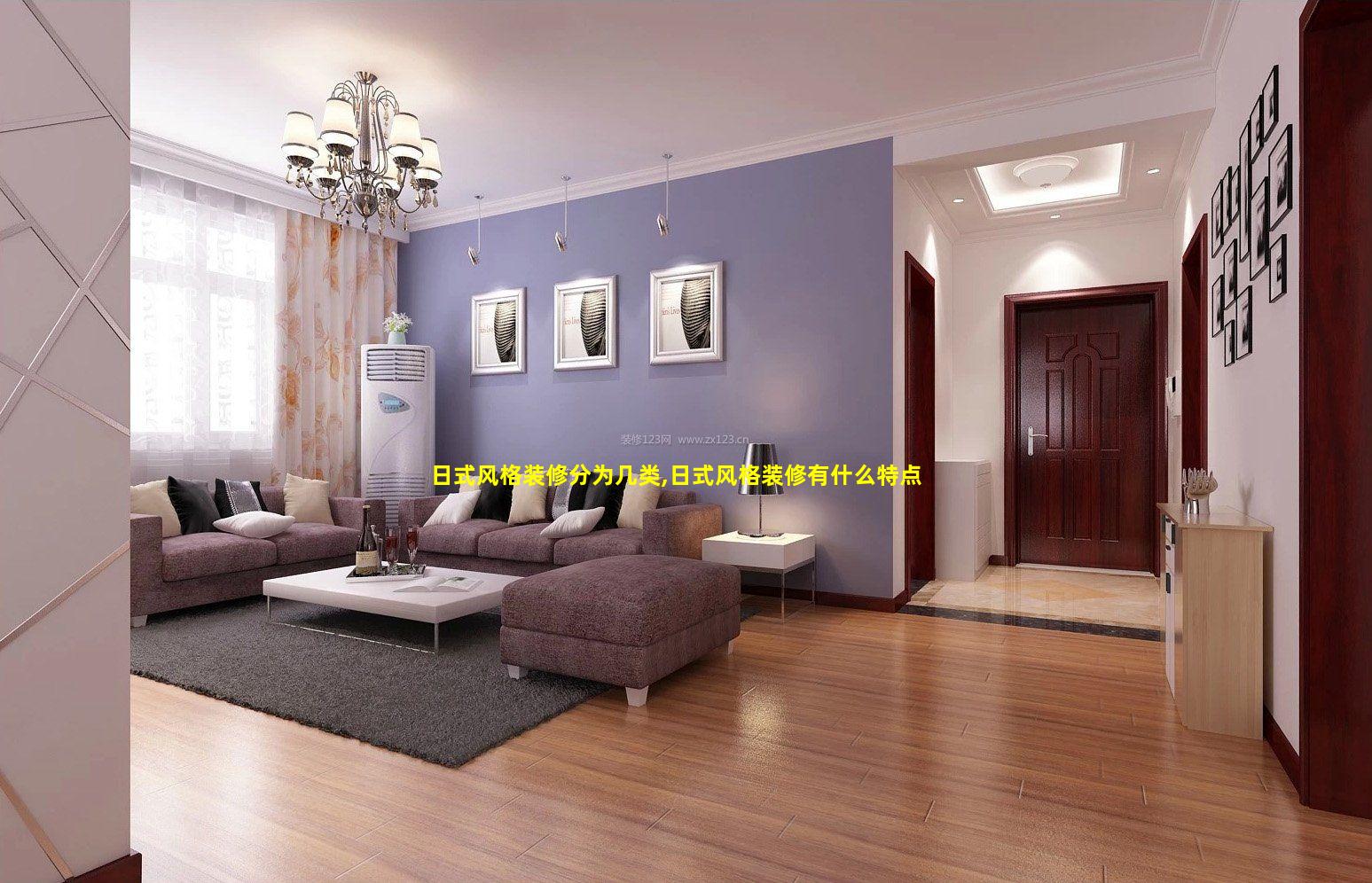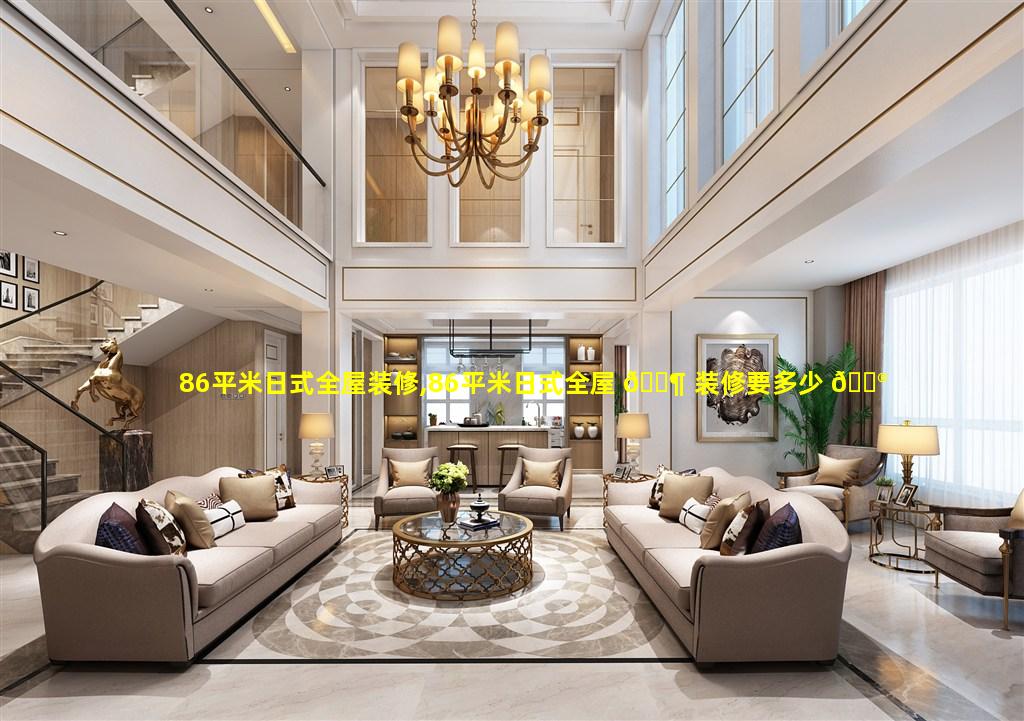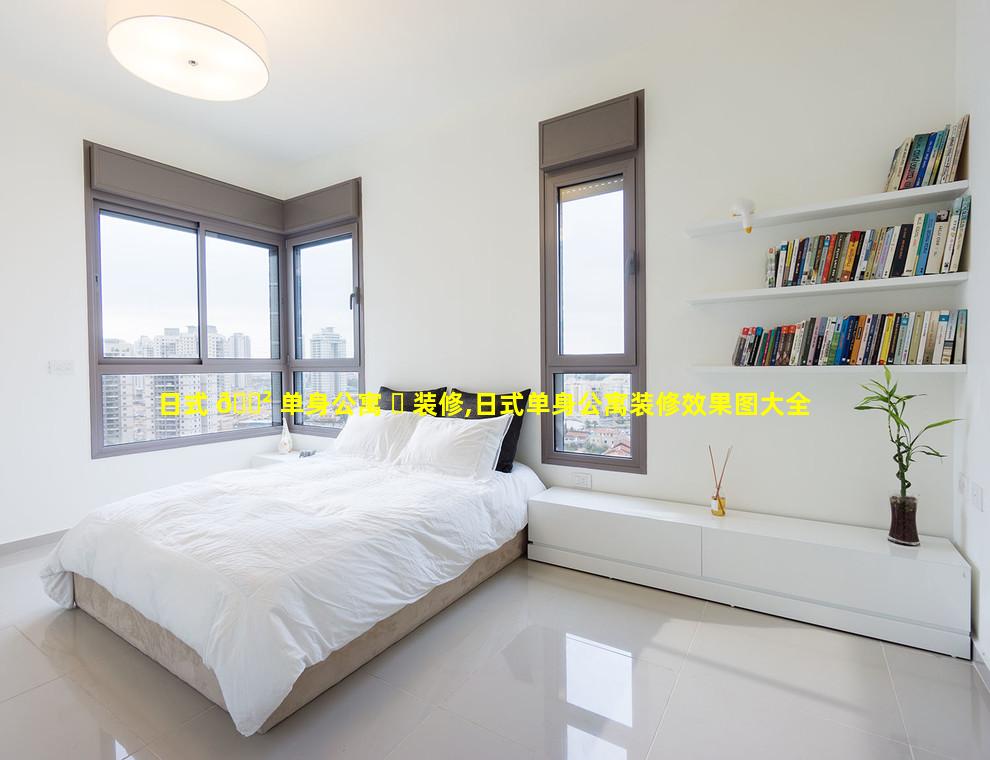日式风格装修分为几类,日式风格装修有什么特点
- 作者: 周冰贤
- 发布时间:2024-10-06
1、日式风格装修分为几类
3 类:
2、日式风格装修有什么特点
日式风格装修的特点
简约与禅意
注重留白,线条简洁,空间开阔
融入禅宗思想,营造宁静安详的氛围
自然材料
大量使用天然材料,如木、竹、纸、石材
色彩以素雅的原木色、米色、白色为主
榻榻米
榻榻米是日式装修的标志性元素
既是地板,也是床垫,提供舒适的坐卧空间
拉门
拉门采用半透明的纸或布料制成
分隔空间的同时,又保持了通透性
障子
障子与拉门相似,但材质为白色和纸
半透明的障子营造出柔和的光线
缘侧
缘侧是连接室内外的走廊或平台
提供了一个过渡空间,让人们可以欣赏自然风光
龛和壁龛
龛和壁龛用于放置装饰品或摆设
为空间增添一丝优雅和艺术气息
庭院
庭院是日式装修的重要组成部分
遵循自然景观的原则,融入石、水、植物等元素
其他特点
注重功能性,空间布局合理
灯光昏暗柔和,营造温馨舒适的氛围
装饰元素以自然风光或花鸟鱼虫为主题
3、日式风格的主要特征
日式风格的主要特征
简约
强调空间的简洁和秩序。
家具和装饰品数量少,线条简洁。
自然光和通风至关重要。
自然
融入天然材料,如木材、竹子和石头。
植物和自然景观在空间中扮演着重要的角色。
光线明亮、柔和,营造出宁静的氛围。
和式元素
传统的日式元素,如榻榻米地垫、障子纸门和拉门。
茶室设计原则,如朴素、不对称和平衡。
日式图案,如花卉、几何和自然元素。
禅宗影响
禅宗美学强调平静和和谐。
空间设计鼓励冥想和内省。
讲究空间的流动性和连接性。
功能
家具和空间的设计注重实用性和灵活性。

多用途家具最小化了杂乱。
存储空间巧妙地融入设计中。
其他特征
低矮的家具,给人以舒适和亲密感。
隐蔽的照明,营造出柔和、温暖的光线。
中性色调,如白色、米色和黑色。
独特的装饰品,如书法挂轴、花道和盆栽。
重视季节性,以自然元素装饰空间。
4、日式风格装修效果图
[Image of a living room with tatami mats, shoji screens, and wooden beams]
This living room features traditional Japanese elements such as tatami mats, shoji screens, and wooden beams. The neutral color palette and simple furnishings create a sense of calm and serenity.
[Image of a dining room with a low table and zabuton cushions]
This dining room features a low table and zabuton cushions, which are traditional Japanese seating. The room is decorated with Japaneseinspired artwork and plants.
[Image of a bedroom with a futon and tatami mats]
This bedroom features a futon on tatami mats. The room is decorated with Japanesestyle bedding and furniture.
[Image of a bathroom with a Japanesestyle soaking tub]
This bathroom features a Japanesestyle soaking tub. The room is decorated with Japaneseinspired tile and artwork.
[Image of a garden with a Japanesestyle tea house]
This garden features a Japanesestyle tea house. The tea house is surrounded by a beautiful garden with traditional Japanese plants and trees.




